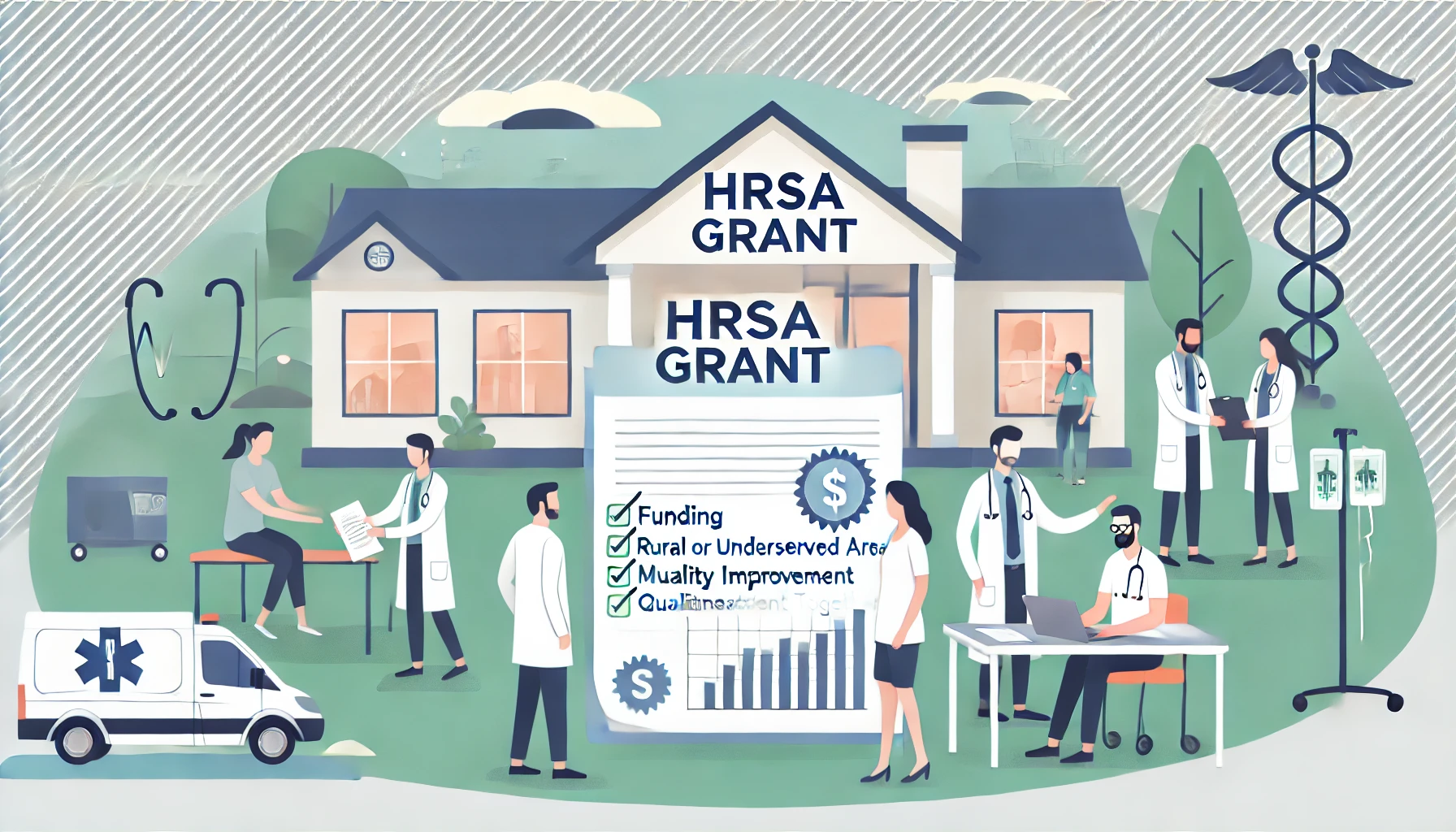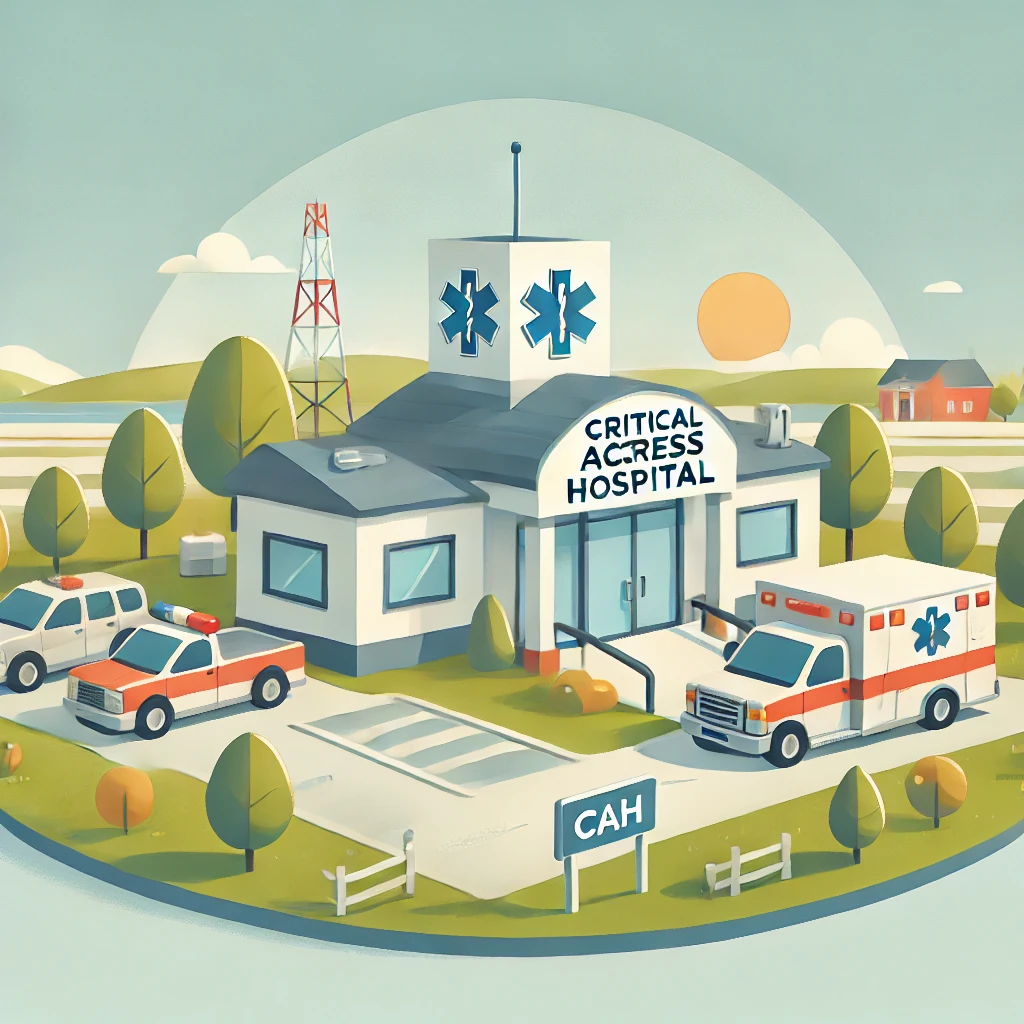
Table of Contents

Why Every Hospital Needs a Quality and Patient Safety Program
Every hospital needs a quality and patient safety program to reduce harm, improve care, and foster a culture of accountability.
We don’t have to look very far to see how much is at stake when hospitals don’t prioritize safety. One missed diagnosis, one flawed discharge plan, one preventable infection—it can spiral quickly, harming not just the patient, but also the providers, the organization’s credibility, and the trust of an entire community.
That’s why a quality and patient safety program isn’t just a nice-to-have—it’s essential. But what does that actually mean in practice? And how do you build a hospital safety program that does more than collect dust on a compliance shelf?
Let’s break it down.
The Case for Patient Safety—Still
It’s been more than two decades since the landmark To Err is Human report estimated that up to 98,000 people die each year in U.S. hospitals due to preventable medical errors. Since then, the industry has made strides. But here’s the reality: preventable harm is still happening, and it’s still a massive issue.
In 2023, The Joint Commission found that communication breakdowns, medication errors, and delayed diagnoses remain among the most frequent contributors to adverse events. Many of these events could have been prevented by a stronger healthcare safety program—one that’s not reactive, but baked into how care is delivered day in and day out.
What Is a Quality and Patient Safety Program, Really?
In short, it’s a framework that helps hospitals monitor, measure, and improve the quality and safety of the care they deliver.
But let’s get more specific. A robust hospital patient safety program should include:
- Clear leadership and governance: someone has to own it, and ideally, that’s a cross-functional team.
- Data collection and analysis: metrics that go beyond infection rates and mortality—think readmissions, near misses, and patient feedback.
- Ongoing staff education: yes, training—but also dialogue, simulations, and shared learning from actual events.
- Peer review processes: regular, structured evaluation of clinical decision-making, ideally by both internal and external clinicians.
- Risk mitigation: identifying and proactively addressing systemic vulnerabilities before they result in harm.
Sounds like a lot, right? It is. But the question isn’t whether it’s “worth it.” It’s whether hospitals can afford not to do it.
Certificates, Checklists, and the Complexity of Compliance
In the race to reduce harm and satisfy regulators, more hospitals are encouraging their teams to complete a patient safety certificate program. These programs offer valuable frameworks—but here’s the thing: you can’t train your way out of a system issue.
Education is critical, but if your workflows, staffing, and culture don’t support safety, all the certificates in the world won’t fix the root problems.
A more balanced view? Use patient safety certificate programs to upskill your teams, then build space for them to use that knowledge—through structured improvement projects, shared governance councils, or peer learning collaboratives.
The Blind Spots in Internal Peer Review
Most hospitals include internal peer review as part of their hospital safety program. On paper, it checks the box: providers reviewing their peers, learning from adverse outcomes, improving care. In reality? It’s often under-resourced, overly political, or worse—ignored.
Let’s be honest. Reviewing a colleague’s care can be awkward, especially in tight-knit teams. That’s where bias, hesitation, or blind spots creep in. And when peer review is inconsistent, so is quality.
This is where external peer review can quietly—but powerfully—change the game.
Why External Peer Review Strengthens Safety Programs
Medplace works with hospitals and health centers that need independent clinical opinions—quickly, thoroughly, and without the internal politics.
Integrating an external peer review process into your hospital safety program offers a few distinct benefits:
- It removes bias: Unaffiliated reviewers provide honest, impartial feedback—no interpersonal dynamics, no sugarcoating.
- It brings in specialized expertise: Especially helpful for reviewing rare procedures, high-risk cases, or low-volume specialties.
- It reinforces credibility: When findings come from outside your organization, they carry weight—with your board, your staff, and your regulators.
- It complements—not replaces—internal review: Think of it as a second lens, one that confirms what’s working and illuminates what’s not.
Not every case needs external review. But the hard ones? The patterns that don’t make sense? Those deserve more than a second glance—they deserve a second opinion.
So, Who Owns Patient Safety?
Here’s where the conversation gets philosophical. Patient safety isn’t the job of a single committee. It’s not a quarterly metric. It’s a mindset—shared across every department, every shift, every role.
But building that mindset takes structure. It takes investment. And yes, it takes courage—to admit where things aren’t working and to commit to changing them.
A hospital safety program is the scaffolding. The culture is what gets built on top of it.
Final Thoughts: Choose Progress Over Perfection
No program is perfect. Even hospitals with top safety grades make mistakes. But the difference is this: they’re learning, adjusting, improving—all the time.
If your organization is just starting to think seriously about patient safety, start small. Pick one metric. One unit. One case to review more deeply.
Then build.
And if you’re already doing the work, ask the next set of questions:
- Are we hearing from the people who need support?
- Are we acting on what peer review uncovers?
- Are we challenging our assumptions?
Because the cost of inaction isn’t just regulatory. It’s human.
And every hospital, every time, should strive for better.

HRSA FQHC Requirements: A Comprehensive Guide for Healthcare Providers
When it comes to federally qualified health center requirements, there’s no shortage of regulations, expectations, and—depending on your perspective—opportunities.
.png)
.png)

Unlocking Funding: A Guide to Health Resources and Services Administration (HRSA) Grants
Use HRSA grants to fund external peer review programs that enhance care quality, reduce bias, and support compliance in health centers.
.png)
.png)

Understanding Critical Access Hospitals: Definition, Criteria, Requirements, and Medicare Designation
A brief summary of CAH requirements and Medicare Designation.
.png)
.png)



.png)
.png)
.png)






.png)